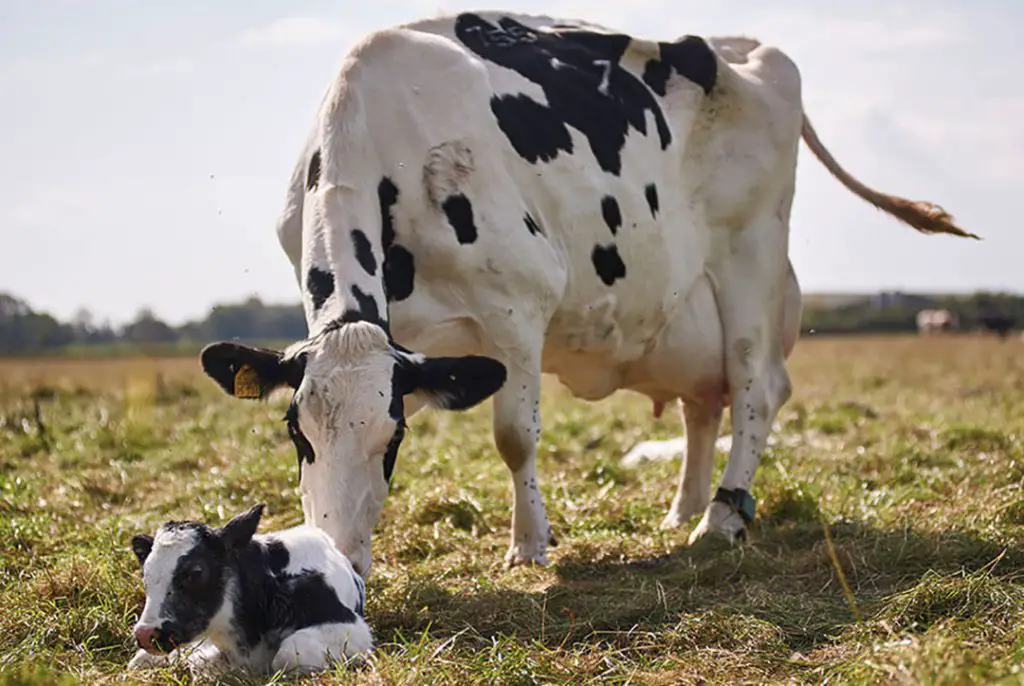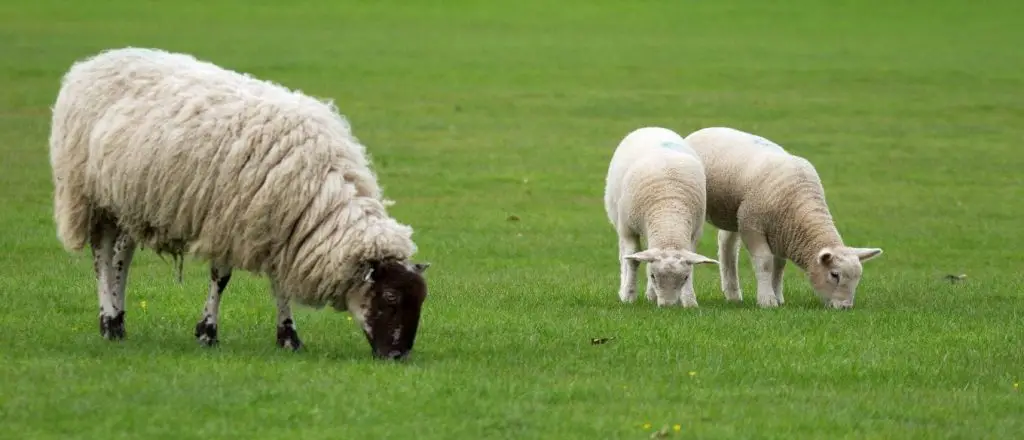If you are planning on raising dairy cows, you need to be well educated on their lifecycle such that you know when it’s time to let them go. In this article we will be looking at a detailed description of the life of a dairy cow.
Contents
Life Cycle Of A Dairy Cow
Birth
The lifecycle of a dairy cow starts at birth. When the dairy cow is born, it is fed with colostrum within the first 5 to 6 hours after birth. Colostrum is important for new born calves since it helps to boost their immune system. Most calves are born with a weak immune system and if colostrum is not offered to them they might die. Some farmers will allow the calf to feed from it mother for the first few hours so that it can gain a bit of colostrum whilst other farmers will separate the calf immediately from its mother after birth. They do this so that the calf and the cow may not form an instant bond. Once the calf is separated from its mother it will be placed in a separate location where it will be fed milk replacer in conjunction with calf starter for about 6 to 8 weeks.
Weaning
After 6 to 8 weeks, the dairy cow needs to be weaned. This means that it should be trained to eat solid foods rather than relying on the milk replacer. By this time it is estimated that the intestines of the dairy cow would have developed such that they can now accommodate solid foods. At 12 weeks of age, you can then introduce grower feed into your dairy cow’s diet. The dairy cow is expected to gain 800g per day during the weaning period and then 600g after the weaning stage. During the weaning stage, the dairy cow should receive its vaccinations from the vet.
Breeding
After the weaning stage, the dairy cow is placed in a new home together with other cows of the same age. In most cases, they are places in groups of 4 so that it’s easier for the farmer to manage them and also so that they are not overcrowded. The cows are raised in these groups until the reach 15 months or 18 months which is the right age for them to start breeding. However, it’s important to note that for dairy cows, breeding is mostly dependent on weight rather than age. So the expected weight is 350 to 375 kg for a dairy cow to start breeding. If a dairy cow has not reached this weight, it will be left so that it can gain the required weight.
Gestation
Once the dairy cows have gained the expected weight for breeding, the next stage in their life cycle is gestation. For this to happen, the dairy cow is mated with a bull however some farmers prefer artificial insemination. Artificial insemination provides farmers with the opportunity to choose which breed of a calf they want and also it gives them an opportunity to determine sex of the calf. When the dairy cow becomes pregnant it gives birth and milk production starts at this stage. The dairy cow is separated from its calf and the calf experiences all the stages stated in this article unless it is a male calf. The dairy cow can be milked for about 12 months however, milk production might decline at 10 months. Once the lactating period or milk production of a dairy cow has stopped, it will be mated with a bull again and the whole process continues again.
Expected Lifespan Of A Dairy Cow
A dairy cow can only produce milk for about 4 to 6 years after that it will start facing challenges in doing so. However, a cow that is not used for milk production can last for up to 20 years. So the life expectancy of a cow deteriorates depending on whether it is used for milk production only or not.
At What Age Does A Dairy Cow Stop Producing Milk?
When a dairy cow has reached 4 to 6 years, it is expected to stop producing milk. Therefore, if you have dairy cows on your farm you should know that you need to replace them with new ones once they reach 6 years. It is worth noting that a dairy cow can only produce milk for 10 to 12 months after it has given birth.
How Many Times A Year Do Dairy Cows Give Birth?
Dairy cows give birth at least once a year so that they can be able to produce milk. When a dairy cow gives birth, it is separated from its calf so that farmers may extract the milk for commercial purposes.
What Happens To Dairy Cows When They Stop Giving Milk?
When dairy cows stop giving milk they are usually sent to a slaughter house. This is because they would have lived up to the expected lifespan and some farmers see it as more profitable to have it slaughtered and then sell the meat rather than feeding it yet it doesn’t produce anything.
Can Cows Produce Milk Without Being Pregnant?
Unfortunately cows cannot produce milk without being pregnant. They first have to get pregnant and give birth. The calf is then separated from the cow so that farmers can extract the milk.
How Do Dairy Cows Get Pregnant?
Dairy cows get pregnant when they mate with a bull or when they are artificially inseminated. Most farmers prefer artificial insemination as it offers them the opportunity to choose what kind of breed the calf will be. It also gives them the opportunity to determine the sex of the calf.
How Many Months Are Cows Pregnant?
Cows are usually pregnant for about 9 ½ months before the calf is born. The expected age in which a cow can give birth to calves is 2 years.
Final Words
A dairy cow experiences many stages in its life time as noted in the article above. It is worth noting that proper care and feeding of the cow will help to improve its overall health and well-being.




